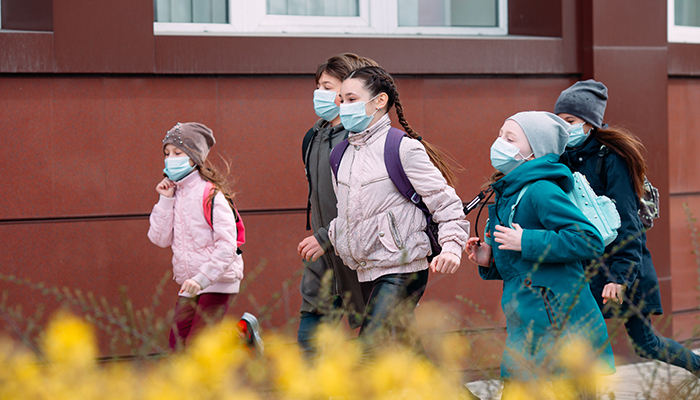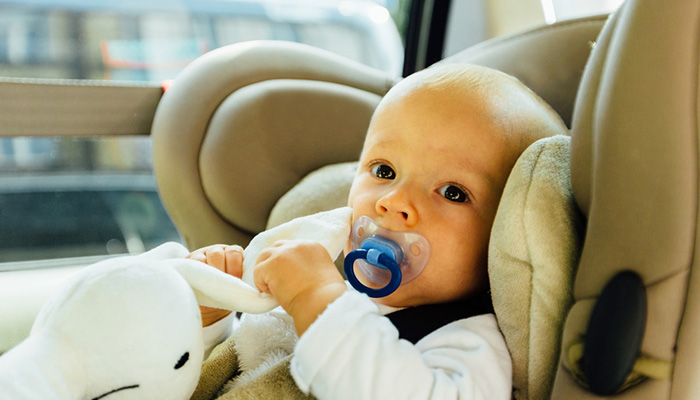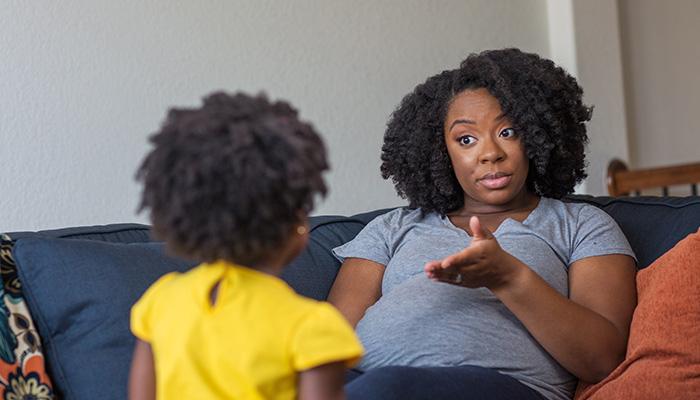With kids returning to school and daycare, we are going to start seeing an increase in all types of illnesses. We always do. Runny nose, sore throat, ear infections, fever. These are all part of a typical return to school scenario for many children. But now with the concern about coronavirus, what do you do when your child isn’t feeling well?
The Minnesota Department of Health has created a very helpful resource called Stay Safe MN. It has a decision tree that is easy to follow for what to do based on symptoms or exposure to coronavirus. https://www.health.state.mn.us/diseases/coronavirus/schools/exguide.pdf
Basically, symptoms fall into 2 groups. More common and Less common.
More common symptoms. One or more of these:
- Fever of 100.4 or higher
- New or worsening cough
- Difficulty breathing
- New loss of taste or smell
Less common symptoms. Two or more of these:
- Sore throat
- Nausea and or vomiting
- Diarrhea
- Chills
- Muscle pain
- Excessive fatigue
- New onset severe headache
- New onset of nasal congestion or runny nose
Scenarios:
- One less common symptom: If well enough to go to school (or daycare), go to school. If not, talk to your healthcare provider.
- One more common symptom or two less common symptoms: Child and siblings stay home. Contact your healthcare provider for evaluation. OR, stay in isolation for at least 10 days AND until symptoms improved and no fever for 24 hours. All household contacts then need to be treated as a COVID exposure as there was no test and no evaluation. (See close contact below).
Ok, so you don’t have symptoms, but what if you were in close contact to someone with a positive coronavirus test? First, we need to decide, what is a close contact?
You are in close contact with COVID-19 if:
- You are within 6 feet for at least 15 minutes of someone who tested positive
- If anyone in your house tests positive
If you have been in close contact:
- Quarantine: Stay home for all activities for at least 14 days from the last close contact with the infected person. Seek a COVID-19 test 5-7 days after the last contact and finish the quarantine even if your test is negative. The siblings and household members do not need to stay home or quarantine unless you test positive.
- Isolation: If you now develop symptoms of coronavirus or have a positive test, you now must isolate. Isolation lasts for 10 days from the start of the symptoms (or positive test) AND until symptom are resolved for 24 hours. Isolation means staying in a completely separate room away from all others and having no contact with anyone else in the household. The siblings and household members do need to quarantine as in number 1. Quarantine starts on the last day of contact. If you are an adult caring for a child (actively in contact), your quarantine does not start until AFTER the child has completed the isolation time. (Yikes, that could be 24 days total.)
How often do kids become seriously ill with coronavirus?
Thankfully, kids are much less likely to become seriously ill with coronavirus. That is not to say that it cannot happen. As September 4th data from the CDC shows, just 60 children ages 0 -14 have died from coronavirus out of 170,566 total deaths. That is 0.035% of the total. Below are some statistics on hospitalizations and deaths. This data is not to make little of the risk, but more to help understand those that need protection the most.




